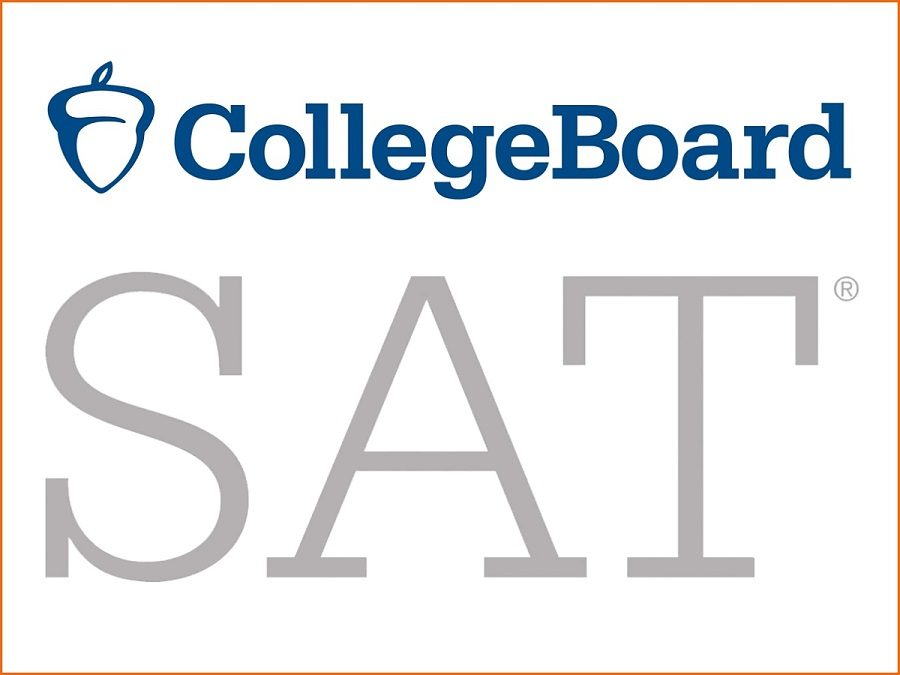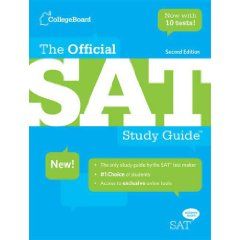As college admissions grow increasingly competitive, choosing the right standardized test can make a significant impact on your application. With both the Digital SAT and Digital ACT now available, students face a new challenge: deciding which test suits them best in a digital-first landscape.
In this article, we break down the key differences between the Digital SAT and the Digital ACT, helping you determine which exam aligns better with your strengths and test-taking style.
Digital SAT vs. Digital ACT: Quick Overview
| Feature | Digital SAT | Digital ACT |
| Total Test Time | ~2 hours 14 minutes | ~2 hours 55 minutes (3 hrs 35 mins with Writing) |
| Sections | Reading & Writing, Math | English, Math, Reading, Science (optional Writing) |
| Question Format | Adaptive, fewer questions | Linear, consistent section length |
| Scoring | 400–1600 | 1–36 (composite average) |
| Calculator Policy | Allowed throughout Math section | N/A |
| Essay/Writing | None | Optional Writing Test |
| Science Section | No standalone section | Standalone Science section |
| Digital Interface | Bluebook App (College Board) | ACT Online Testing Platform |
Exam Structure and Section Differences
Digital SAT
The Digital SAT is shorter and designed to be more efficient. The test uses a multistage adaptive format, meaning the difficulty level of questions adjusts based on your performance.
Sections:
- Reading & Writing (64 minutes): Focuses on comprehension, grammar, and editing in a combined module.
- Math (70 minutes): Covers algebra, problem-solving, and advanced math with a built-in Desmos calculator.
Digital ACT
The Digital ACT retains the traditional format but is now available in an online version. It remains a linear test, so all students receive the same questions in the same order.
Sections:
- English: Grammar and sentence structure.
- Math: Algebra, geometry, trigonometry.
- Reading: Passage-based comprehension.
- Science: Interpretation, analysis, and evaluation of data.
- Optional Writing: Persuasive essay.
Key Differences: What Sets Them Apart?
1. Test Length and Timing
- The Digital SAT is shorter and may feel less draining.
- The Digital ACT is longer but provides more time per question in some sections.
2. Adaptive vs. Linear Testing
- The Digital SAT adapts in real-time, which can create more personalized difficulty.
- The Digital ACT remains linear, which may feel more predictable for some test-takers.
3. Math Focus
- SAT Math includes more algebra and real-world problem-solving.
- ACT Math has a broader range of topics, including more geometry and trigonometry.
4. Reading & Writing
- The SAT combines reading and writing into one section with shorter passages.
- The ACT keeps them separate and includes longer reading sections.
5. Science Section
- Only the ACT includes a dedicated Science section, though it’s more about data interpretation than science facts.
- The SAT integrates similar skills throughout the test, especially in reading and math.
6. Essay Component
- The Digital SAT no longer includes an essay.
- The ACT still offers an optional Writing Test that some colleges may require.
Which Test Is Right for You?
Here are some tips to help you decide:
Choose the Digital SAT if you:
- Prefer shorter, more focused tests.
- Are strong in algebra and data analysis.
- Excel in adaptive testing environments.
- Prefer using a calculator for all math questions.
- Prefer shorter passages.
Choose the Digital ACT if you:
- Want to showcase your scientific reasoning skills.
- Are stronger in geometry/trigonometry.
- Prefer traditional, linear test formats.
- Want to include an optional writing sample.
- Are comfortable managing more sections in a single sitting.
Final Thoughts: Take Practice Tests
The best way to determine your fit? Take full-length practice tests for both the Digital SAT and Digital ACT. Evaluate your scores, timing, and comfort level. Every student is different — and what works for one might not work for another. Socrato is running a free ACT and SAT test for the month of May. Socrato also has a unique combination test Digital SAT vs. Digital ACT. Which is a combined test provides the detail diagnostic Report of both the test as well as recommendation of the test.
FAQs
Q: Can I take both the Digital SAT and ACT?
Yes! Many students try both to see which gives them a higher score.
Q: Do colleges prefer the SAT or ACT?
No. All U.S. colleges accept both equally — choose the one that best highlights your abilities.
Q: Is the Digital SAT easier than the ACT?
Not necessarily. While it’s shorter and adaptive, your performance depends on your personal strengths.
Conclusion
Choosing between the Digital SAT and Digital ACT is a strategic decision. By understanding their structures, strengths, and differences, you can pick the test that gives you the best shot at college success.










